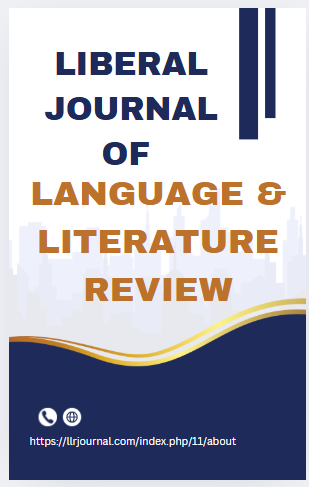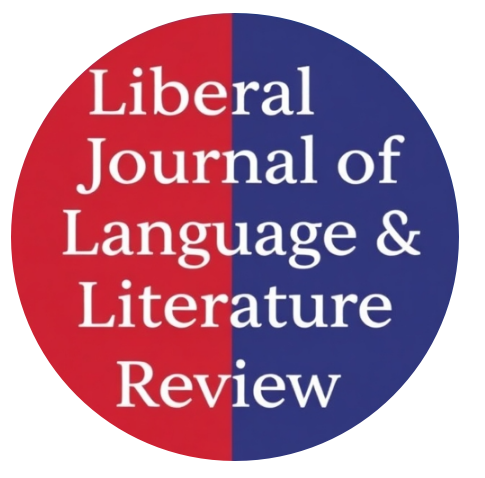Morphology of Pashto Adverbs: Word and Paradigm Approach
Abstract
This study investigates the morphological properties of adverbs in the Banochi dialect of Pashto as spoken across various regions of Pakistan, employing the Word-and-Paradigm (WP) framework as articulated by Haspelmath and Sims (2010). The WP model is particularly effective for analyzing languages with intricate morphological systems. Data were collected through field recordings conducted in multiple villages within District Bannu, located in southern Khyber Pakhtunkhwa (KPK). Eight elderly native speakers voluntarily participated in the audio data collection. The analysis reveals that Banochi adverbs exhibit several morphosyntactic features that align with those found in other Indo-Aryan languages, such as Rangri. These features include grammatical gender, number, and case marking—traits not commonly associated with adverbial structures in many languages. Adverbs in Banochi are categorized into base, phrasal, reduplicated, and particle forms. Notably, particles often combine with adverbs to enhance emphasis. A distinctive feature observed is the inflection of adverbs for gender when they modify adjectives or other adverbs, a characteristic that sets Pashto apart from many typologically related languages. Furthermore, adverbs frequently function as intensifiers. The WP approach proves well-suited for capturing the complexities of Pashto morphology, including cumulative, extended, and zero exponents. Additionally, analogical patterns play a role in predicting novel adverbial forms. Nevertheless, the WP model’s descriptive flexibility may also be a limitation, as noted by Haspelmath and Sims (2010), due to its relatively low restrictiveness.




